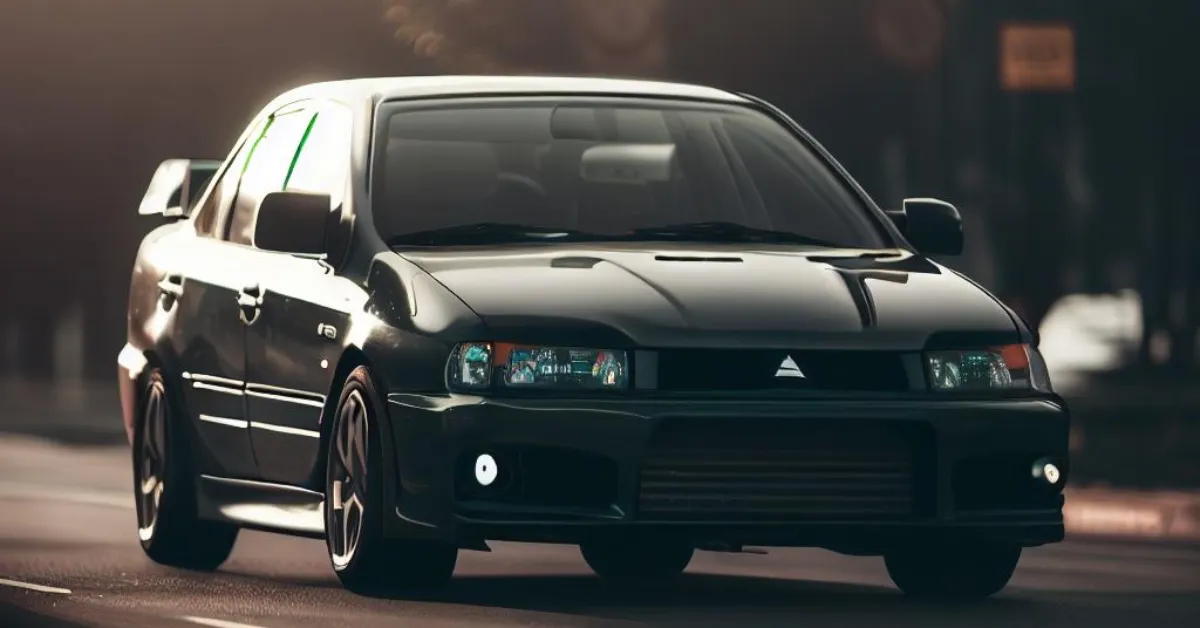
The Mitsubishi Lancer is more than just a car. It's an icon of automotive history, a legend of rally racing, and a symbol of performance and durability. In this blog post, we will explore the origins and evolution of this remarkable vehicle, and why it still stands the test of time.
The Lancer was born in 1973, as a compact sedan that offered practicality and affordability. It was named after a soldier of the cavalry regiment in Europe's knightly age, reflecting its spirit of adventure and courage. The Lancer quickly gained popularity in various markets around the world, thanks to its reliable engineering and attractive design.
But the Lancer really shone when it entered the world of motorsport. In 1980, Mitsubishi decided to compete in the World Rally Championship (WRC), the most prestigious and challenging rally series in the world. To do so, it needed a car that could handle the demanding terrains and conditions of rally stages. The Lancer was the perfect candidate.
Mitsubishi modified the Lancer with a turbocharged engine and an all-wheel drive system, creating the Lancer Turbo. This car proved to be competitive in the WRC, winning several rallies and finishing second in the constructors' championship in 1983. However, Mitsubishi wanted more. It wanted to dominate the WRC.
In 1992, Mitsubishi introduced the Lancer Evolution, or Evo for short. This was a radical upgrade of the Lancer Turbo, with more power, more aerodynamics, and more technology. The Evo was designed to meet the requirements of Group A, the top category of WRC at the time. To qualify for Group A, Mitsubishi had to produce at least 5000 units of the Evo for the Japanese market.
The Evo was an instant hit among enthusiasts and racers alike. It offered an exhilarating driving experience, with superb handling, acceleration, and braking. It also looked stunning, with its aggressive body kit, large spoiler, and distinctive grille. The Evo became a cult car, appearing in movies, video games, and anime.
The Evo also became a legend in the WRC. Mitsubishi kept improving the Evo with each generation, releasing 10 models from 1992 to 2015. The Evo III was especially iconic, as it was the car that propelled Finnish driver Tommi Mäkinen to his first WRC drivers' title in 1996. Mäkinen would go on to win four consecutive titles with Mitsubishi, making him one of the most successful rally drivers ever.
The Evo III was also the last model to use the original Lancer platform. It had a 2.0-liter turbocharged four-cylinder engine that produced 266 horsepower. It also had a revised suspension system that improved its handling and stability. The Evo III was available in two trims: GSR and RS. The GSR was more comfortable and luxurious, while the RS was more stripped-down and lightweight.
The Evo III was not only fast and fun to drive, but also reliable and durable. It could withstand the harsh conditions of rally racing, as well as everyday driving. It was also easy to maintain and modify, making it a favorite among tuners and hobbyists.
The Lancer Evolution was discontinued in 2015, marking the end of an era for Mitsubishi and rally fans. However, the legacy of the Lancer lives on through its passionate drivers and admirers. The Lancer is not just a car; it's an icon that stands the test of time.